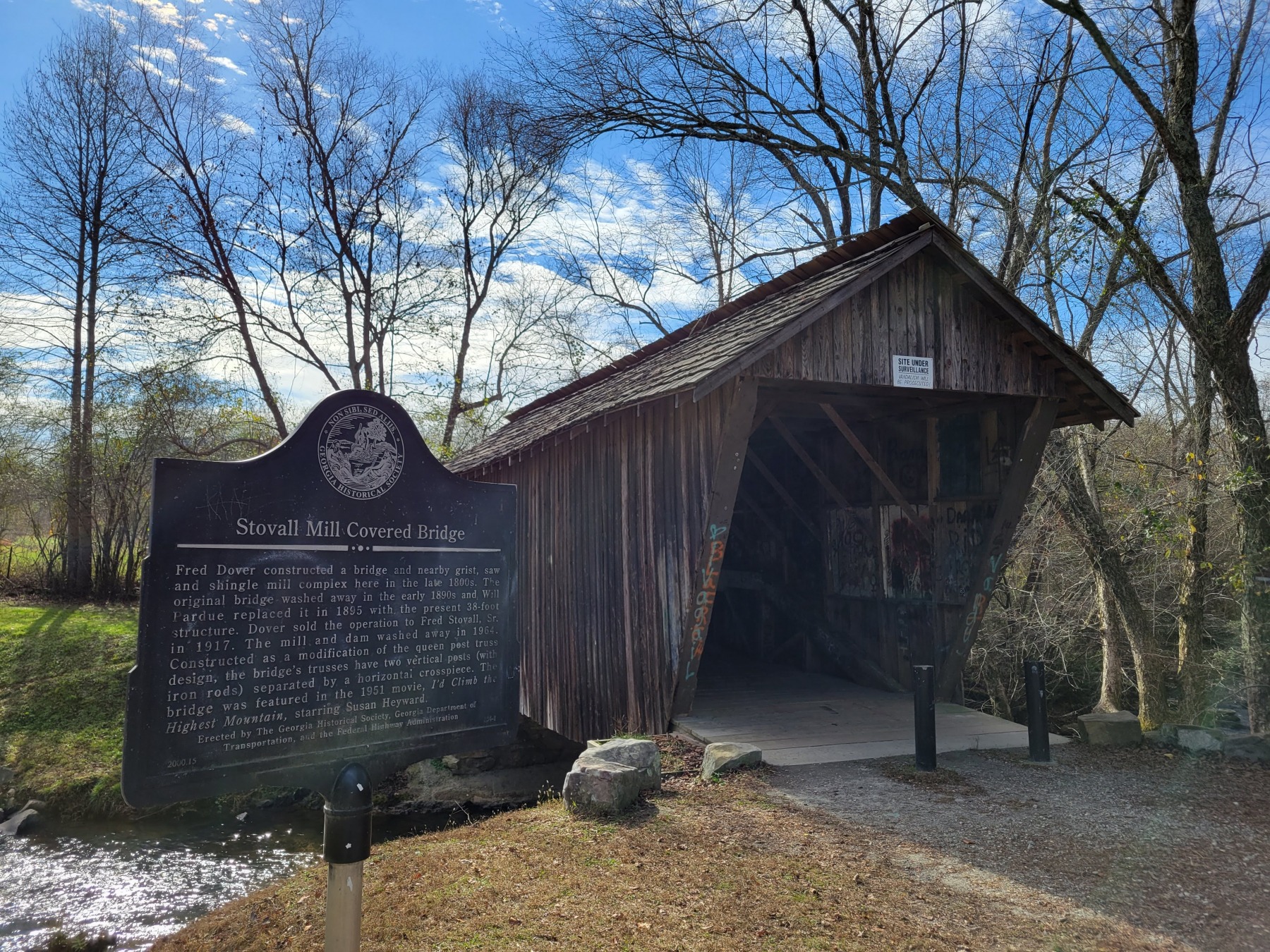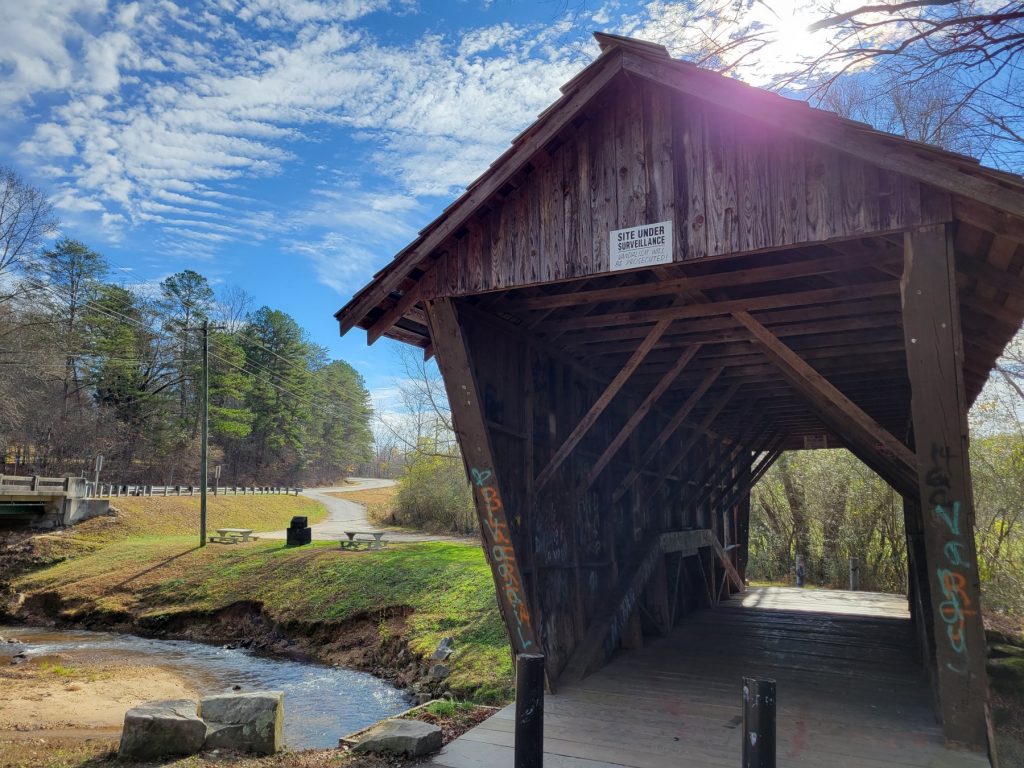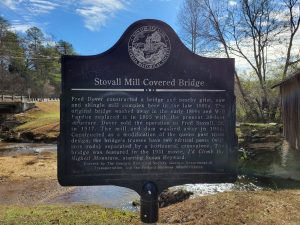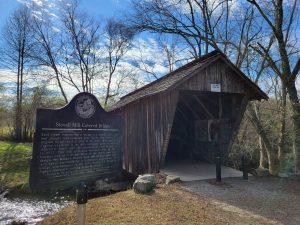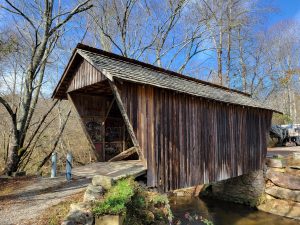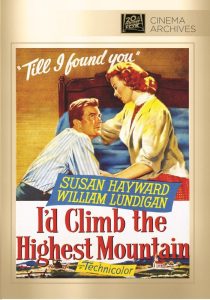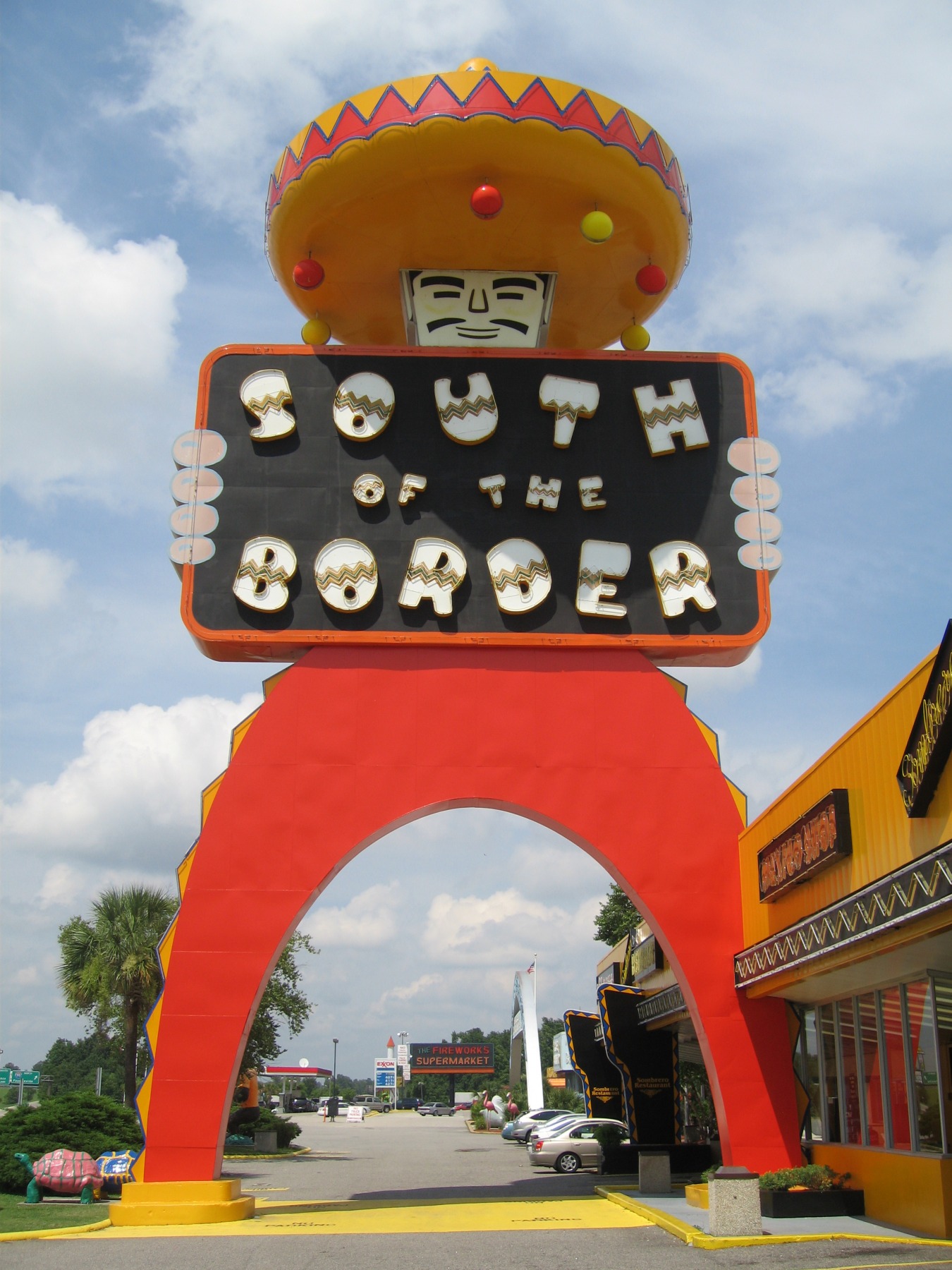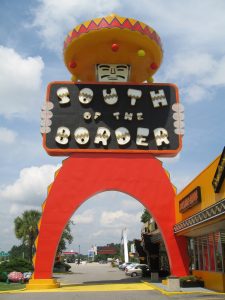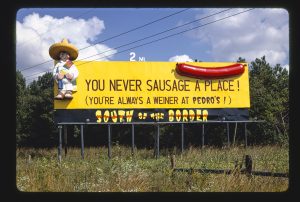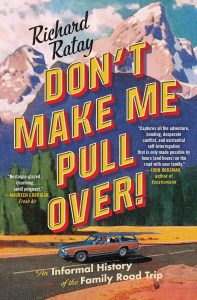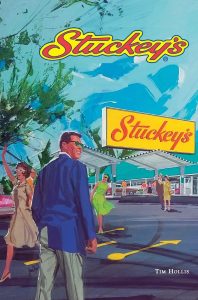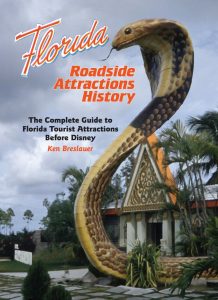Lost Attractions of Florida Book Review
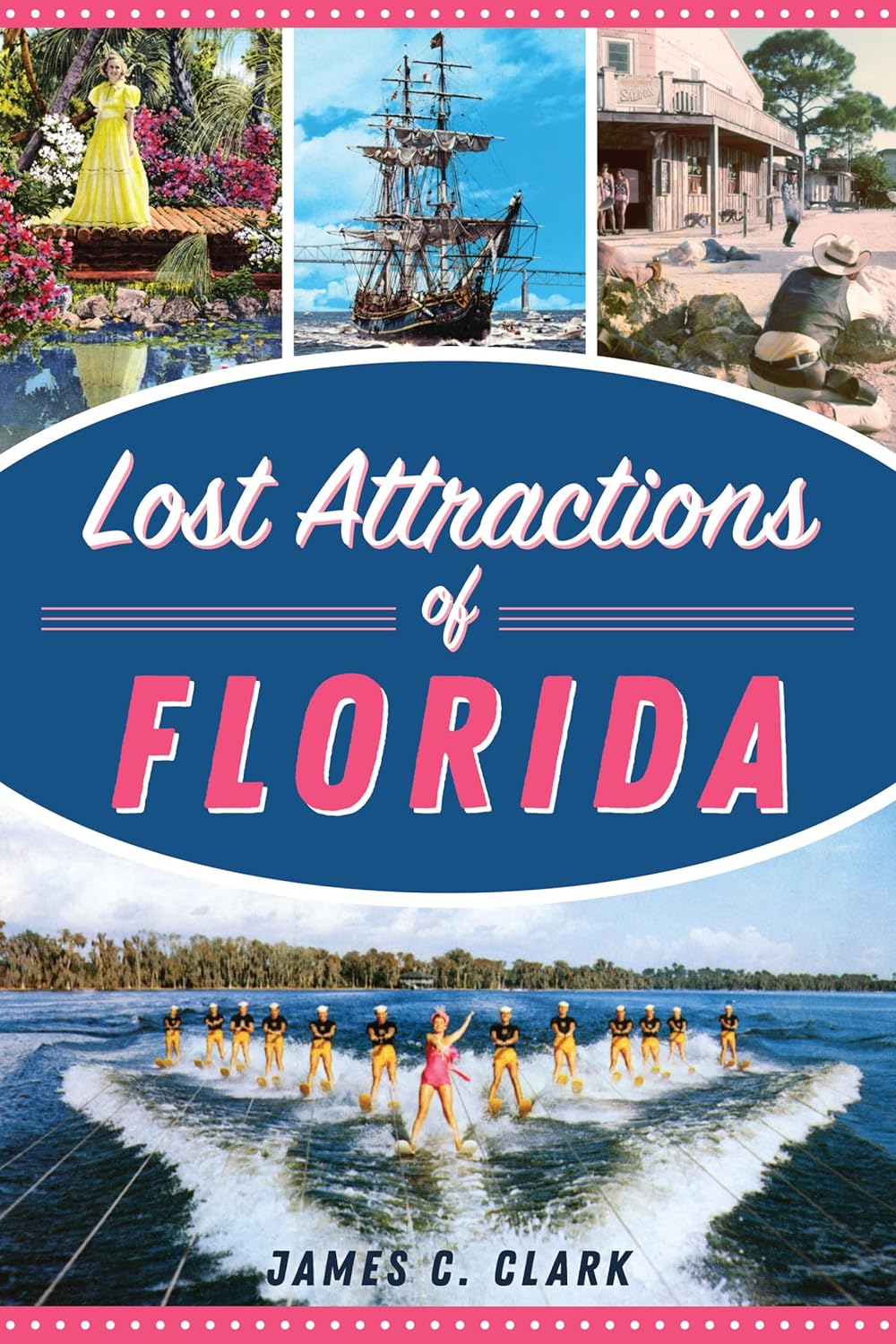
Thank you for your interest in my book review of Lost Attractions of Florida written by Dr. James C. Clark.
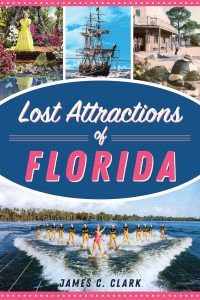 Clark, James C. Lost Attractions of Florida. Charleston: Arcadia Publishing, 2023. 186 pages, 155 pages of text. B/W images, index, bibliography. ISBN 9781467145954, $23.99.
Clark, James C. Lost Attractions of Florida. Charleston: Arcadia Publishing, 2023. 186 pages, 155 pages of text. B/W images, index, bibliography. ISBN 9781467145954, $23.99.
FULL DISCLOSURE: Dr. Clark is a friend of mine and Arcadia Publishing has published several of my own books. These relationships do not factor into this review. I purchased this book and it was not provided by the author or publisher. There may be affiliate links included in this post.
From the time a reader picks up this book, they are swept away with waves of nostalgia and memory. From pirate ships to the old west; from southern belles to bathing beauties and hunks on water skis the diversity of lost Florida attractions is shown in full color on the cover. Not enough? Flip to the back cover and find alligators, ostriches, and a wonder house. How can you not be enthused to sit down with a cup of coffee (or tea, or whatever) and read a few pages, only to find yourself half way through.
Author James C. Clark, a senior lecturer in history at the University of Central Florida, and a regular commentator on local, state, and national politics, has penned a brief, yet highly readable and enjoyable look at many attractions Florida residents may have forgotten about, or for newer transplants, have probably never heard of.
Readers are given an introduction to how Florida tourism has evolved. From the days of William Bartram and James Audubon through Henry Flagler’s railroads, to the egalitarianism of the automobile, Florida has been a magnet for tourists, some looking to save their health, some looking to get away from the northern winters, and some, looking to make a quick buck. From real estate hucksters to the tin can tourist there has been a place for everyone.
The real interest of this book however are the attractions. Clark has divided his text into several convenient chapters, including the Panhandle, Cypress Gardens, Circus World, and the Never Were Attractions. These are each short, generally half a dozen pages or so.
Then we get into the real meat of the book, Disney Attractions, Universal Attractions, and the longest chapter, and the one that will bring back the most memories for Floridians, the Vanishing Attractions.
With technology developing at such a rapid pace, and with new movies, both animated and live action, being released constantly to a new batch of demanding viewers, Disney and Universal are constantly making “upgrades” to their parks. I use quotations because for those of us who remember the parks from years ago, attractions such as Captain Eo, the Main Street Electrical Parade, the original ride at the Norway Pavilion, the Great Movie Ride, Kongfrontation, and so many more, are just distant memories, often replaced with attractions we can’t relate to. The Disney and Universal chapters will make you wistful if you were a theme park junkie.
The Vanishing Attractions chapter will bring back even more memories. Whether it be Six Gun Territory (Florida even brought in the wild west), Mystery Fun House, or Ross Allen’s Reptile Institute, Florida had an attraction for everyone. Whether you were interested in deer or ostriches, classic cars or Native Americans, you could probably find it during your drive through Florida.
Things changed with the coming of I-95 and other major roadways, but things most changed with the wider availability of affordable air travel. Visitors can easily fly directly to their destination whether that be Orlando, Miami, Tampa, or other cities with a major airport. If behind the wheel, drivers are now whisked along at 70 plus miles per hour to their destination, seldom leaving the interstate other than for gas or food. For a funny, yet highly insightful look at the family road trip, please see my review Don’t Make Me Pull Over, written by Richard Ratay.
Today, these “roadside attractions” as they are often referred to, have a hard time competing. As Clark astutely points out, Disney and Universal have done a masterful job of keeping their visitors on property. Disney has expanded to four major parks, plus multiple other diversions such as water parks, shopping, mini golf, and more. Their internal transportation systems makes it so you can park your rental car at your resort hotel and only get in it to head back to the airport. Or better yet, don’t rent a car. Instead, take shuttle buses to and from your hotel. Universal works on the same system and with plans to open a new park shortly, many visitors no longer have extra days available in their vacation itinerary to explore what else Orlando and the rest of Florida have to offer.

My only very minor criticism of the book is the shortness of each attraction description, particularly in the Vanishing Attractions chapter. This is only because I personally wanted more. The descriptions and information Dr. Clark has provided are perfectly appropriate for a book of this nature. It’s not meant to go into detail about Sunken Gardens. Rather, it is a reminder that these type attractions were around, many of them successful for years. It is for us the reader, to make the effort to seek out additional information if we choose.
Filled with dozens of interesting b/w photos, this is a book that anyone with an interest in theme park or roadside attractions history should be interested in. For the casual reader or new resident to Florida, this is a quick read and fascinating way to take a look back into an an often forgotten, but important, part of Florida history.
Recommended!
 Click the image, or THIS LINK to support this site through Buy Me A Coffee. Your support helps pay for website fees and maintenance, research fees for blog and book writing, photo usage and rights fees, and other associated costs. And maybe, it will go to buying a bag of coffee to help keep me focused on the research topic at hand.
Click the image, or THIS LINK to support this site through Buy Me A Coffee. Your support helps pay for website fees and maintenance, research fees for blog and book writing, photo usage and rights fees, and other associated costs. And maybe, it will go to buying a bag of coffee to help keep me focused on the research topic at hand.
This post may contain affiliate links. If you click these links and make a purchase, I may receive a small commission. This commission does not affect any price that you pay. Affiliate programs or sponsors providing products do not influence my views and opinions.


